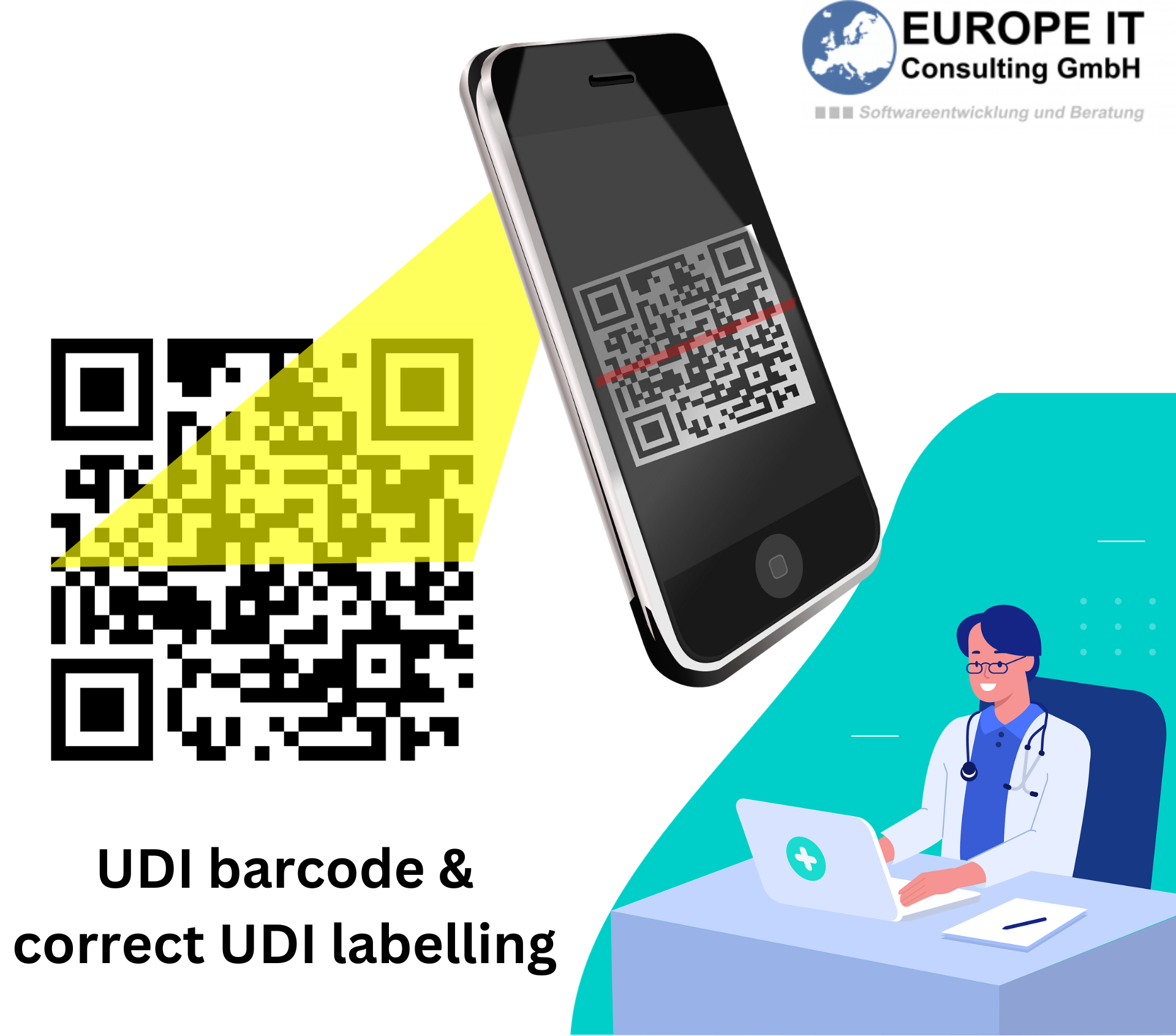
Medical Device Market in China: Current Developments and Interesting Details
The Chinese market for medical devices is experiencing dynamic growth and offers numerous opportunities for companies worldwide. Here are some key aspects and interesting developments:
Market Size and Growth
The Chinese market for medical devices is one of the fastest-growing globally. In 2021, the market reached a volume of approximately USD 120 billion and is expected to continue its strong growth. The increasing demand is driven by factors such as the aging population, the rise of chronic diseases, and the government’s increasing healthcare expenditures.
Interesting Developments
Growing Market
The market for medical devices in China is growing at double-digit rates annually. Diagnostic equipment, orthopedic implants, and consumables like disposable syringes and infusion sets are particularly in demand.
Technological Advances
China is heavily investing in modern technologies such as artificial intelligence (AI), robotics, and big data in healthcare. These technologies are increasingly being integrated into medical devices to improve diagnosis and treatment.
Local Production and Innovation
Chinese companies are increasing their production capacities and innovation capabilities. There is a trend towards developing and producing advanced medical devices domestically, reducing reliance on imports.
UDI Requirements and Regulatory Approvals
UDI Requirements
China has introduced its own Unique Device Identification (UDI) system, similar to those in the US and Europe. The UDI system aims to improve the traceability of medical devices and enhance patient safety. Manufacturers must label their products with unique identification numbers and register them in a national database.
Approval Process
The approval of medical devices in China is carried out by the National Medical Products Administration (NMPA). The process includes several steps:
- Classification: Determining the risk class of the product (Class I, II, or III).
- Registration: Submitting the required documents, including technical data and clinical studies.
- Inspection: Local inspections and examinations of production facilities.
- Market Access: Upon successful review, the NMPA grants approval for the Chinese market.
Regulatory Challenges
Companies entering the Chinese market must navigate complex and constantly changing regulatory requirements. It is advisable to engage local partners or consultants to help navigate the approval process.
Other Interesting Details
Investments and Joint Ventures
Many foreign companies enter into joint ventures with Chinese firms to gain market share and benefit from local networks.
E-Commerce and Digitalization
The distribution of medical devices through e-commerce platforms is increasing. Digital health solutions and telemedicine services are also gaining importance.
Government Policies
The Chinese government promotes the development of the healthcare sector through political measures and investments. Initiatives like “Healthy China 2030” aim to improve healthcare services and expand access to advanced medical devices.
In summary, the Chinese market for medical devices offers significant growth opportunities but also poses challenges due to stringent regulatory requirements and high competition. Companies looking to enter this market should approach it strategically and consider local specificities.







Related Posts